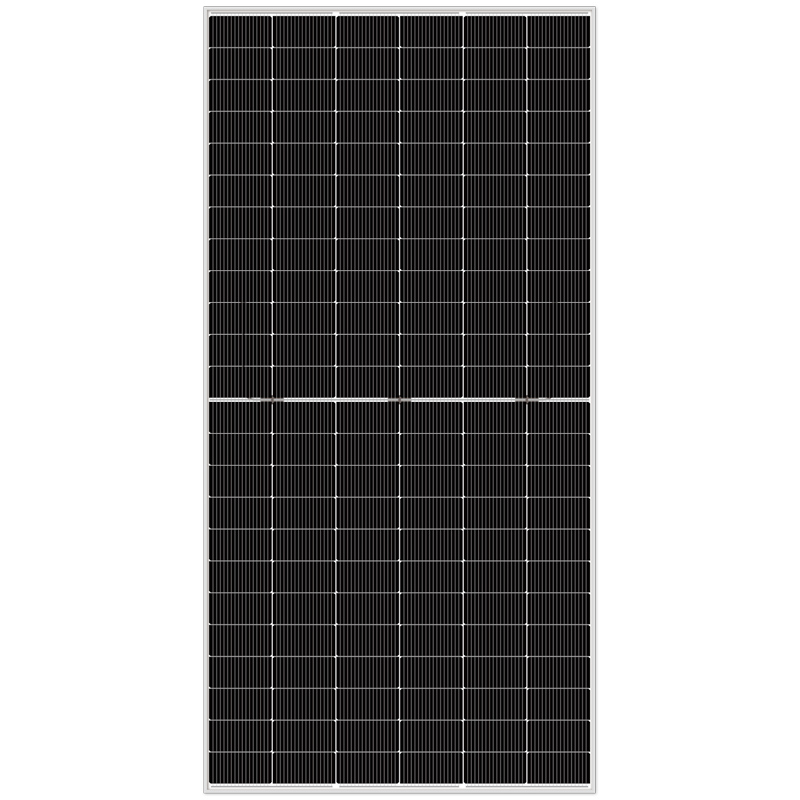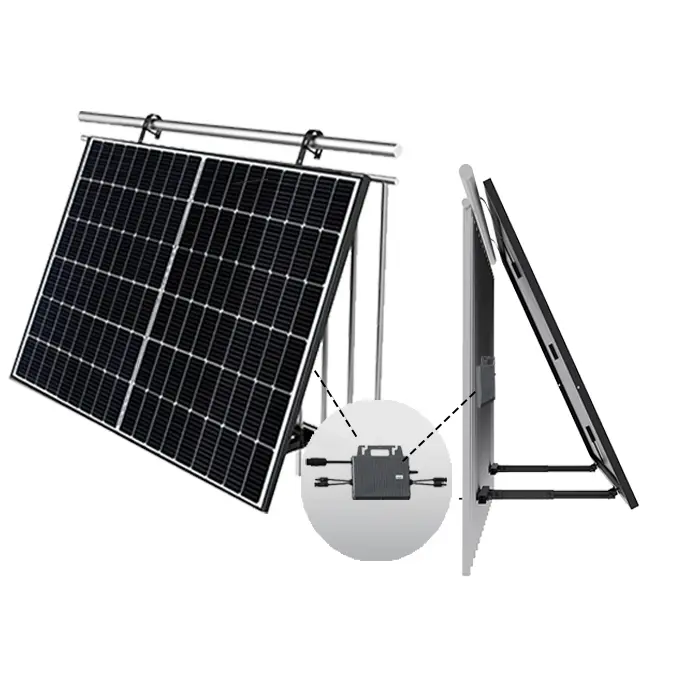The decision to install a photovoltaic (PV) system on your house can be a transformative one, both for your energy bills and for the environment. In the United States, the average annual amount of electricity sold to (purchased by) a U.S. residential electric-utility customer was 10,791 kilowatthours (kWh), a cost that could be significantly reduced by generating your own solar power. With solar panel efficiency improving and costs decreasing, the appeal of PV systems has never been stronger. However, not every house is ideal for solar panels. This article will guide you through the key considerations to determine if your home is suitable for a PV system.

Assessing Your Roof’s Suitability for a PV System
Evaluating the Roof’s Orientation and Tilt
The orientation and tilt of your roof are critical factors in determining the effectiveness of a PV system. Ideally, solar panels should face south in the Northern Hemisphere to capture the most sunlight throughout the day. A roof angle of 30 to 45 degrees is typically optimal, but even if your roof does not meet these exact criteria, adjustments can be made during installation to maximize efficiency.
Checking for Shading Issues from Trees and Buildings
Shading can significantly impact the performance of a PV system. Trees, neighboring buildings, or other structures casting shadows on your roof can reduce the amount of sunlight your panels receive, thereby decreasing their efficiency. It is essential to conduct a shading analysis to determine the amount of unobstructed sunlight your roof receives daily.
Ensuring Roof Structural Integrity and Space Availability
The structural integrity of your roof must be assessed to ensure it can support the additional weight of solar panels. Most residential roofs can handle the extra load, but an inspection by a professional is recommended. Additionally, sufficient space is required to install enough panels to meet your energy needs. A typical residential solar panel measures about 5.5 feet by 3.5 feet, and you’ll need several panels to generate a substantial amount of electricity.
Understanding Your Home’s Energy Consumption
Analyzing Your Current Electricity Usage Patterns
To determine the potential benefits of a PV system, you need to understand your household’s energy consumption patterns. Reviewing your electricity bills over the past year can provide insight into your average monthly usage and peak demand periods. This information is crucial for designing a system that meets your needs without overproducing or underperforming.
Considering Future Energy Needs and Lifestyle Changes
Consider any anticipated changes in your energy consumption. If you plan to purchase an electric vehicle, add an extension to your home, or install energy-intensive appliances, your future electricity needs may increase. A well-designed PV system should accommodate not only your current usage but also future energy demands.
Evaluating Financial Incentives and Return on Investment
Exploring Available Government Incentives and Tax Credits
Numerous financial incentives are available to homeowners who install PV systems. These incentives can significantly reduce the initial cost of installation. Federal tax credits, state rebates, and local utility incentives are just a few examples. Research the specific incentives available in your area to understand how much you can save.
Calculating the Payback Period and Long-Term Savings
The payback period is the time it takes for the savings from reduced electricity bills to cover the cost of the PV system. On average, homeowners in the U.S. see a payback period of 7 to 10 years. After this period, the electricity generated by your PV system is essentially free, leading to substantial long-term savings. Calculate the expected payback period for your specific situation to determine if a PV system is a wise financial investment.
Considering Local Climate and Weather Conditions
Assessing Sunlight Availability in Your Region
The amount of sunlight your location receives is a fundamental factor in determining the viability of a PV system. Regions with high solar insolation (the measure of solar radiation energy received) will naturally yield better performance from solar panels. Use tools like the National Renewable Energy Laboratory’s (NREL) solar maps to assess the solar potential in your area.
Preparing for Potential Weather-Related Challenges
Extreme weather conditions such as heavy snowfall, high winds, or frequent storms can impact the performance and durability of a PV system. Panels need to be robust enough to withstand local weather conditions, and in some areas, additional reinforcement may be necessary. Understanding the weather patterns in your region will help in designing a system that remains effective and durable over the long term.
Choosing the Right Type of PV System
Comparing Different Types of Solar Panels: Monocrystalline vs. Polycrystalline vs. Thin-Film
There are several types of solar panels available, each with its own advantages and disadvantages. Monocrystalline panels are known for their high efficiency and sleek appearance but come at a higher cost. Polycrystalline panels are less expensive but slightly less efficient. Thin-film panels offer flexibility and can be used in a variety of applications, but they are generally less efficient than crystalline panels. Choose the type that best suits your budget, space, and energy needs.
Deciding Between Grid-Tied, Off-Grid, and Hybrid Systems
The type of PV system you choose will depend on your energy goals and local regulations. Grid-tied systems are connected to the local utility grid, allowing you to sell excess power back to the grid. Off-grid systems are independent and require battery storage to supply power when the sun isn’t shining. Hybrid systems combine the best of both worlds, using batteries to store excess energy while remaining connected to the grid for backup power.
Ensuring Compliance with Local Regulations and Permitting
Navigating Zoning Laws, Building Codes, and HOA Restrictions
Installing a PV system involves complying with various zoning laws, building codes, and possibly homeowner association (HOA) restrictions. These regulations can affect everything from the placement of your panels to the maximum system size. Ensure you understand and adhere to all local requirements to avoid legal issues and delays.
Securing the Necessary Permits and Inspections
Before installation can begin, you’ll need to secure the appropriate permits from your local government. This process often includes inspections to ensure the system meets all safety and code requirements. Work with your installer to navigate the permitting process efficiently and ensure all necessary inspections are completed.
Finding a Reliable Solar Installer
Researching and Comparing Multiple Solar Installers
Choosing the right installer is crucial to the success of your PV system. Research multiple companies, read reviews, and compare quotes to find a reputable installer with experience in your area. Look for companies that offer comprehensive services, including system design, installation, and maintenance.
Evaluating Warranties and Post-Installation Support
Warranties are a vital aspect of any PV system purchase. Ensure your installer offers strong warranties on both the panels and the installation work. Additionally, consider the level of post-installation support provided. A good installer will offer ongoing maintenance and support to keep your system running efficiently.
Conclusion: Making an Informed Decision About Installing a PV System
Installing a PV system is a significant investment that can offer substantial long-term benefits. By carefully evaluating your roof’s suitability, understanding your energy consumption, exploring financial incentives, considering local climate conditions, choosing the right type of system, ensuring compliance with regulations, and selecting a reliable installer, you can make an informed decision about whether a PV system is right for your home. Taking the time to thoroughly assess these factors will help you maximize the benefits of solar power and achieve energy independence.




